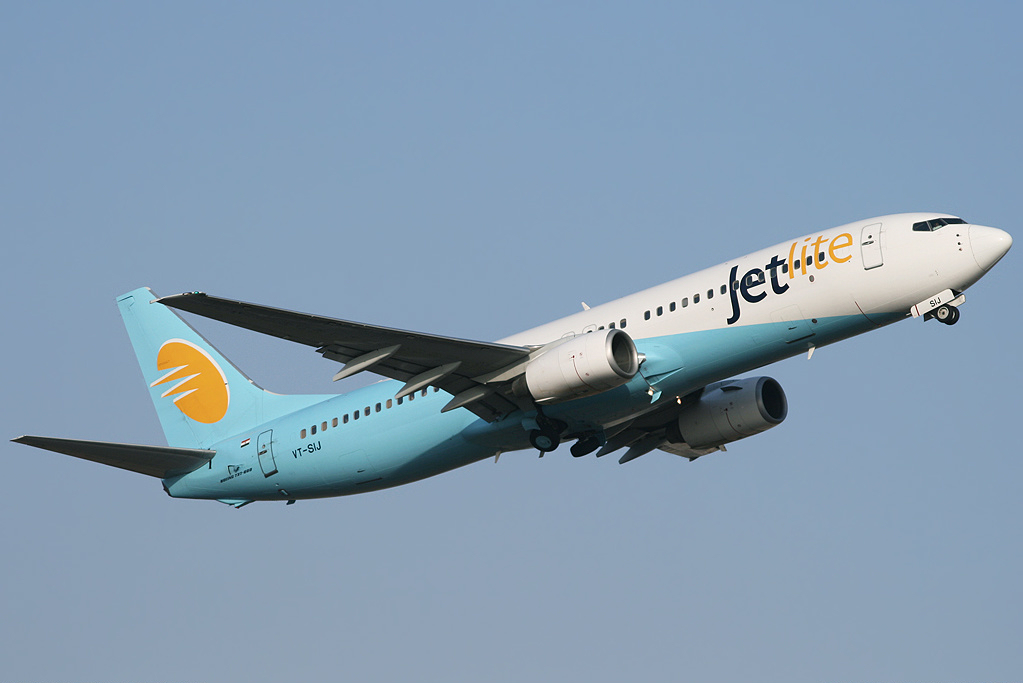Aviation
Top 10 Airlines in India 2015
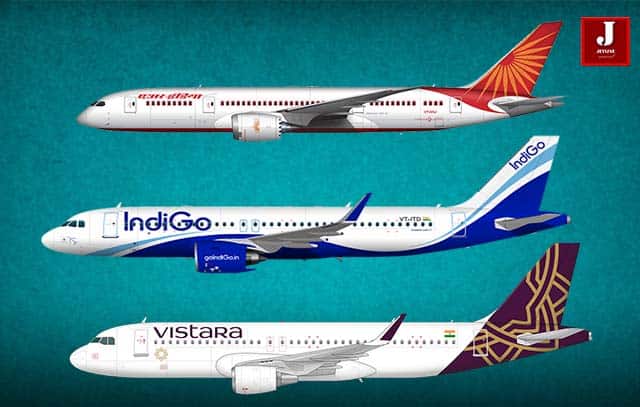
India is one of the fastest growing aviation markets in the world. It has caused high competition to airline Industry. As by the DGCA Traffic data and No of Passengers carried by domestic airlines during Jan-Aug 2015 were 523.55 lakhs as against 433.24 lakhs during the corresponding period of previous year thereby registering a growth of 20.84%. There are scads of private airlines increased their presence in India by ordering new fleets and destinations. We have amassed a list of the largest airlines in India, according to market share.
1. Indigo Airlines
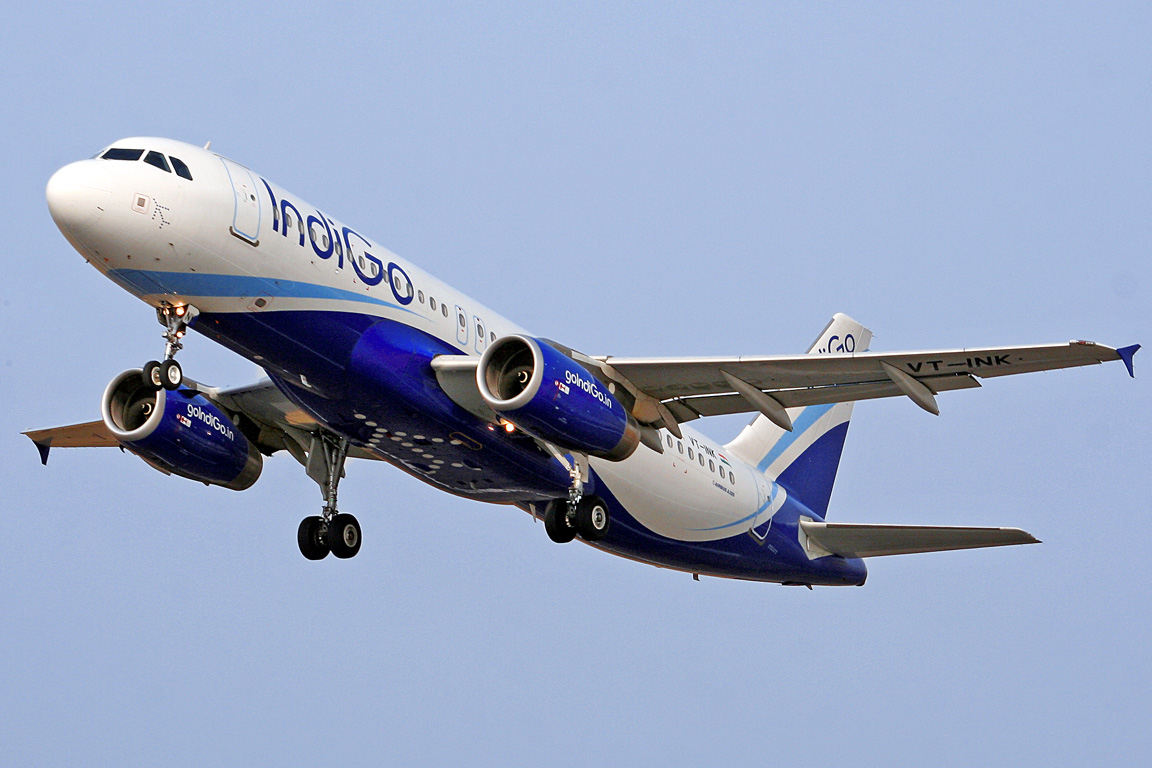
IndiGo Airline is an Indian Low-cost airline company headquartered at Gurgaon, India. The airline offers more than 633 daily flights connecting to 38 destinations including 5 international destinations with its primary hub at Indira Gandhi International Airport, New Delhi. It presently operates a fleet of 97 aircraft belonging to the Airbus A320 family. In 2014, IndiGo carried 21.4 million passengers in the domestic sector.
Total Market Share : 38.5%
- Fleet size : 97
- Passenger Load factors : 76.8%
- Cancellation Rate: 0.10%
- Passenger Complaints in average :0.7 % (No. of Complaints/10,000 Pax)
On-Time Performance (Scheduled Domestic Airlines):
- BLR : 90.0%
- DEL : 88.8%
- HYD : 85.0%
- BOM : 69.2%
2. Jet Airways
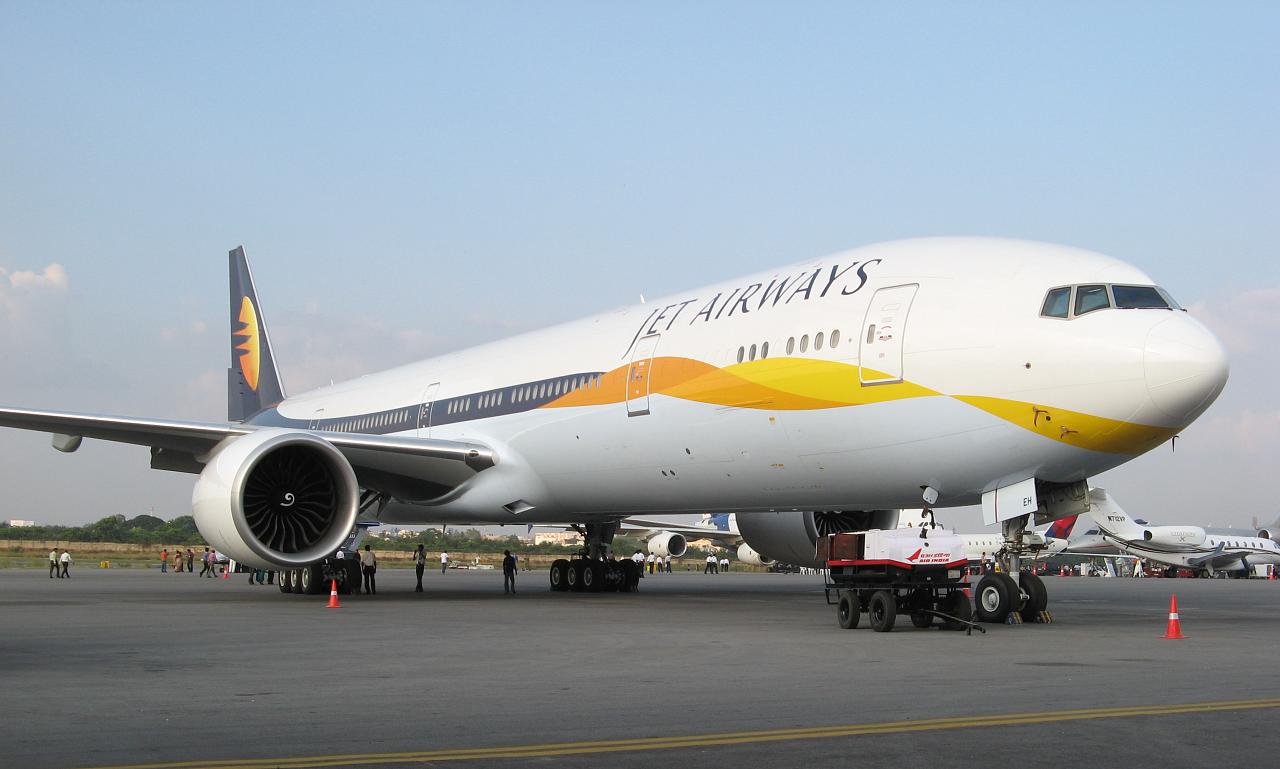
Jet Airways is a major Indian airline based in Mumbai. It is the second largest airline in India, both in terms of market share and passengers carried, after IndiGo. It operates over 300 flights daily to 74 destinations worldwide. Its main hub is Mumbai, with secondary hubs at Delhi, Kolkata, Chennai, Bengaluru, Jet Airways serves 47 domestic destinations and 22 international destinations, a total of 69 in 19 countries across Asia, Europe and North America.
Total Market Share : 19.8%
- Fleet size : 116
- Passenger Load factors : 80.8%
- Cancellations : 0.96%
- Passenger Complaints in average : 1.4 % (No. of Complaints/10,000 Pax)
On-Time Performance (Scheduled Domestic Airlines):
- BLR : 89.6%
- DEL :87.6%
- HYD :85.6%
- BOM :82.7%
3. Air India

Air India is the flag carrier airline of India owned by Air India Limited (AIL), a Government of India enterprise. It is the third largest airline in India (after IndiGo and Jet Airways) in domestic market share, and operates a fleet ofAirbus and Boeing aircraft serving various domestic and international airports. It is headquartered at the Indian Airlines House in New Delhi
Total Market Share : 16.4%
- Fleet Size : 108 (excluding subsidiaries)
- Passenger Load factors :79.3%
- Cancellations : 1.20%
- Passenger Complaints (average) :1.7 % (No. of Complaints/10,000 Pax)
On-Time Performance (Scheduled Domestic Airlines ):
- BLR :83.4 %
- DEL :79.4 %
- HYD :78.6%
- BOM :68.2%
4.Spice Jet
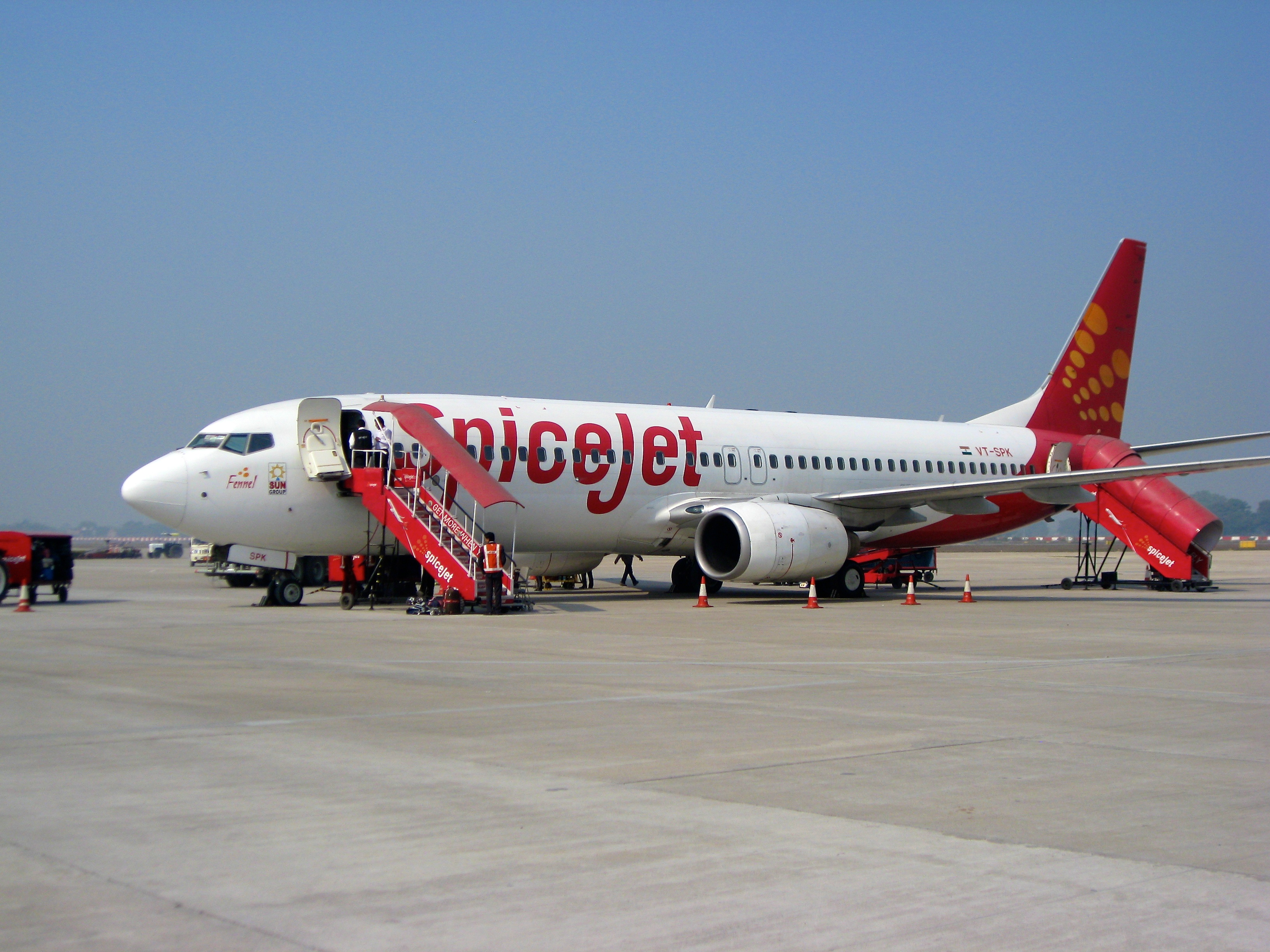
SpiceJet is an Indian low-cost airline headquartered in Gurgaon, India. It is the country’s fourth largest airline by number of passenger carried with market share of 12.3% as of July 2015. The airline operates more than 270 daily flights to 41 destinations, including 34 Indian and 7 international cities
Total Market Share : 12.3%
- Fleet size : 34
- Passenger Load factors : 92.1%
- Cancellations :0.70%
- Passenger Complaints (average ) :1.4% (No. of Complaints/10,000 Pax)
On-Time Performance (Scheduled Domestic Airlines):
- BLR : 81.3%
- DEL :77.4%
- HYD : 76.9%
- BOM : 71.4%
5. Go Air

GoAir is an Indian Low cost carrier based in Mumbai. It commenced operations in November 2005. It is the aviation foray of the Wadia Group. As of January 2014, it is the fifth largest airline in India by market share. It operates domestic passenger services to 22 cities with over 140 daily flights and approximately 975 weekly flights. Its hubs are atChhatrapati Shivaji International Airport, Mumbai
Total Market Share :8.2%
- Fleet size : 19
- Passenger Load factors :75.6%
- Cancellations : 0.44%
- Passenger Complaints (Average ): 1.3%(No. of Complaints/10,000 Pax)
On-Time Performance (Scheduled Domestic Airlines):
- BLR : 85.6%
- DEL : 90.1%
- BOM : 76.9%
6.Jetlite
JetKonnect, is a low-cost brand of Jet Airways an airine based in Mumbai, India. owned by Jet Airways. It was originally their low-cost subsidiary called Jetlite, but started using the name JetKonnect after merging with Jet Airways’ other inhouse low cost brand in 2012. It is currently undergoing a process of integration with Jet Airways and flies for them as code share i.e. Jet Airways flights operated by JetKonnect, till the two are merged completely. All ground and onboard services are as on Jet Airways, and aircraft are being repainted in its livery.
Total Market Share : 3.0%
- Fleet size : 9
- Passenger Load factors :78.7%
- Cancellations :0.44%
- Passenger Complaints (Average ): 1.4%(No. of Complaints/10,000 Pax)
On-Time Performance (Scheduled Domestic Airlines):
- BLR :89.6%
- DEL :87.6%
- HYD :85.6%
- BOM :82.7%
7.Air Asia
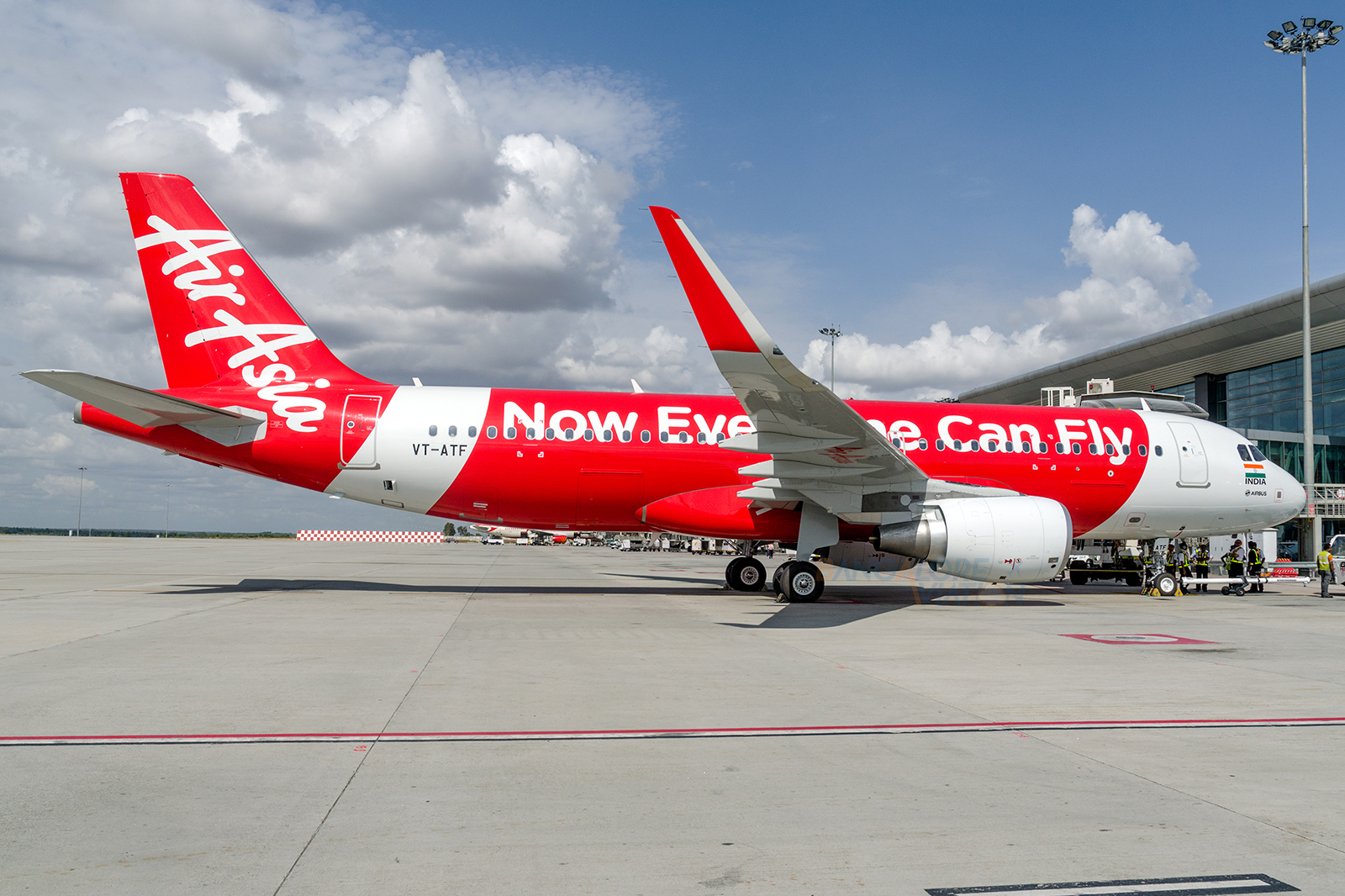
AirAsia India is an Indo-Malaysian low cost carrier headquartered in Chennai, India. The airline is a joint venture with Air Asia Berhad holding 49% of the airline, Tata Sons holding 40.06% and Telestra Tradeplace having the remaining 10% in the airline. The joint venture would also mark Tata’s return to aviation industry after 60 years. Air Asia India commenced operations on 12 June 2014 with Bangalore as its primary hub.AirAsia is the first foreign airline to set up a subsidiary in India
About Airline :
Total Market Share : 1.4%
- Fleet size : 5
- Passenger Load factors : 72.1%
- Cancellations : 0.0%
- Passenger Complaints (Average): 1.0% (No. of Complaints/10,000 Pax)
8. Vistara
Vistara is an Indian airline based in Gurgaon with its hub at Delhi-Indira Gandhi International Airport. The carrier, a joint venture between Tata Sons and Singapore Airlines, commenced operations on 9 January 2015 with its inaugural flight between Delhi and Mumbai and had carried a total of 500,000 passengers by August 2015. As of September 2015, the airline operates 251 weekly scheduled passenger services across 10 domestic destinations within India with a fleet of 6 Airbus A320-232 aircraft. Vistara was the first airline to introduce premium economy seats on domestic routes in India
Total Market Share : 1.3%
- Fleet size : 7
- Passenger Load factors : 62.9%
- Cancellations : 0.19%
- Passenger Complaints (Average): 0.2% (No. of Complaints/10,000 Pax)
9.Air Costa

Air Costa is an Indian regional airline based in Vijayawada, Andhra Pradesh. The first flight was on October 2013, fromChennai which is one of their main operating and maintenance hubs. It is part of the LEPL Group, a Vijayawada-based company, and has started with 300 employees including expatriate pilots and engineers and commenced scheduled operations in October 2013 using two Embraer E-170 aircraft.
Total Market Share : 1.0%
- Fleet size : 4 (+50 on order)
- Passenger Load factors : 77.3 %
- Cancellations : 0.79%
- Passenger Complaints (Average): 0.8 % (No. of Complaints/10,000 Pax)
10. Air Pegasus

Air Pegasus is an Indian regional airline based in Bangalore, India. The airline, subsidiary of Decor Aviation, an aircraft ground-handling services company, commenced operations on 12 April 2015 with its inaugural flight between Bangalore and Hubli. As of September 2015 Air Pegasus serves 6 airports across South India from its main hub atKempegowda International Airport in Bangalore with a fleet of 2 ATR 72-500 aircraft
Total Market Share : 0.2%
- Fleet size : 2
- Passenger Load factors :77.1 %
- Cancellations : 5.81%
- Passenger Complaints (Average): 1.4 % (No. of Complaints/10,000 Pax)
Report courtesy : DGCA (Directorate General of Civil Aviation), India
Presented by : Jetline Marvel
Liked it ..!?
Share with your friends and family.

Aviation
All passengers killed in plane crash, after pilot let his children to control the plane

When boarding a plane, passengers entrust their safety to the skilled hands of the pilot. However, tragedy struck when one of the flight ended in disaster as all passengers lost their lives in a horrific plane crash.
In 1994, during a flight from Moscow to Hong Kong, tragedy struck as an Aeroflot relief pilot made a fateful decision. In a move that would have devastating consequences, the pilot invited his own children into the cockpit to play with the controls. Little did anyone know, this seemingly innocent gesture would lead to the loss of all 75 lives aboard the aircraft.
It was a seemingly innocent act that led to catastrophic results. The relief pilot, Mr. Kudrinsky, invited his two children, Yana, 12, and Eldar, 15, into the cockpit during the late hours of the night. Little did anyone know, this simple gesture would set off a chain of events that would end in tragedy.
Once in the cockpit, the children were allowed to sit in the captain’s chair and play with the controls, unaware that they should have been disabled as the plane was in autopilot mode.
Eldar, perhaps in a moment of curiosity or innocence, held the control column down for a mere 30 seconds. Yet, in those brief moments, the autopilot disengaged, thrusting the aircraft into manual control.
By the time the pilots regained their seats and attempted to regain control, it was too late. Despite their efforts to pull the plane out of a dive, they overcorrected, causing the flight to climb almost vertically, ultimately stalling it.
Final moment Flight 593 crash
In the final moments, as the pilots struggled to stabilize the aircraft, Flight 593 crashed into the Kuznetsk Alatau Mountain range in southern Russia, completely obliterating the plane and claiming the lives of everyone on board.
Investigations revealed a chilling truth: there was no evidence of technical failure. Instead, the crash was attributed to the unthinkable decision to allow inexperienced hands to manipulate the controls of a commercial aircraft.
The black box recording captured the harrowing sequence of events, providing a grim reminder of the human cost of a lapse in judgment. In just over two minutes, the lives of all on board were tragically short, leaving behind a legacy of sorrow and unanswered questions.
Aviation
American Airlines Flight Attendant Orders First-Class Traveler to use Economy Restroom
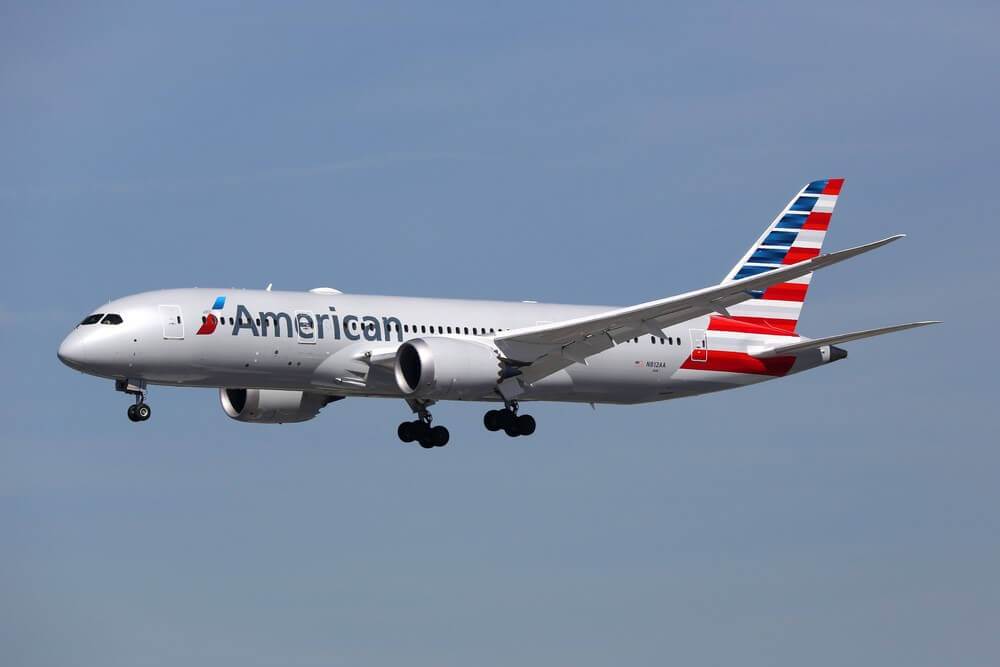
On a recent American Airlines flight from Chicago O’Hare to Phoenix, Pamela Hill-Veal, a retired circuit court judge, found herself at the center of a disturbing incident.
Despite traveling in First Class, she was directed by a flight attendant to use the Economy Class restroom, sparking allegations of racial discrimination. According to Hill-Veal, the ordeal began when she used the dedicated First Class lavatory during the flight. A flight attendant approached her, accusing her of slamming the door and issued a warning.
Despite remaining calm, Hill-Veal faced further confrontation when she attempted to use the First Class restroom again later in the flight. The situation escalated as the flight attendant persisted in berating Hill-Veal, who felt targeted due to her race. She highlighted the disparate treatment, noting that white passengers were not subjected to similar directives.
In a distressing turn, the flight attendant followed Hill-Veal to her seat and allegedly touched her while threatening arrest upon landing. This alarming encounter left Hill-Veal feeling humiliated and traumatized, impacting her ability to rest even after the flight.
American Airlines has responded, expressing a commitment to investigating the matter and addressing discrimination claims seriously. However, the incident underscores ongoing concerns about racial bias in air travel and the need for accountability in ensuring all passengers are treated with dignity and respect.
Aviation
Southwest CEO Signals Major Shift: Farewell to Open Seating
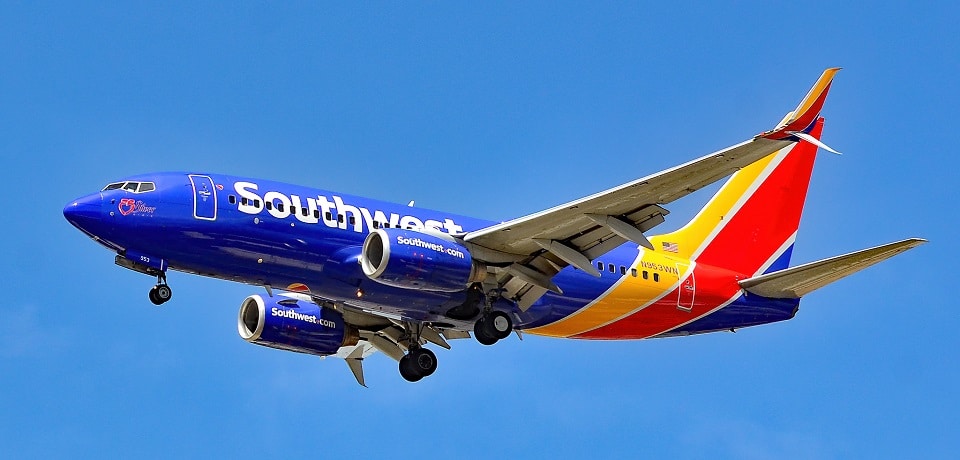
Southwest Airlines is contemplating a significant shift away from its traditional open seating policy, a move that could signal a departure from its long-standing business model.
The potential change, which would introduce assigned seating and premium seat options, is being considered to appeal to a younger demographic of travelers. This adjustment would mark one of the most substantial alterations for the carrier since its inception in 1971.
Unlike its competitors who have embraced premium seating offerings, Southwest has stuck to its open seating approach, albeit providing the option for early boarding at a fee. However, with rivals like United Airlines witnessing revenue growth from premium seating, Southwest is reevaluating its strategy. According to Forbes, the airline industry has seen a shift in customer preferences over time, prompting Southwest to reconsider its seating model designed during an era of lower load factors.
While Southwest CEO, Jordan,told to CNBC that he has neither confirmed nor denied the possibility of premium seating, he acknowledges that the company is exploring various options. He emphasized that while it’s still early in the decision-making process, the initial results are promising, hinting at potential changes in the future.
Southwest currently operates with a single economy class cabin across its all-Boeing 737 fleet, with no assigned seating. However, the airline does offer the option for early boarding for passengers to secure their preferred seats for an additional fee. Over the years, Southwest has maintained a focus on simplicity and user-friendliness in its offerings, striving to minimize costs and complexity.
In contrast, competitors like Delta and United have capitalized on revenue growth from premium seating options such as business class, demonstrating strong upsell rates. Analysts have repeatedly questioned Southwest about the potential for introducing premium seating or additional fees, although the airline has traditionally refrained from charging for the first two checked bags.
For now, the only way Southwest passengers can secure their preferred seats is by paying for an earlier boarding position, as the airline continues to operate without assigned seating, allowing passengers to choose their seats upon boarding in a predetermined order.

